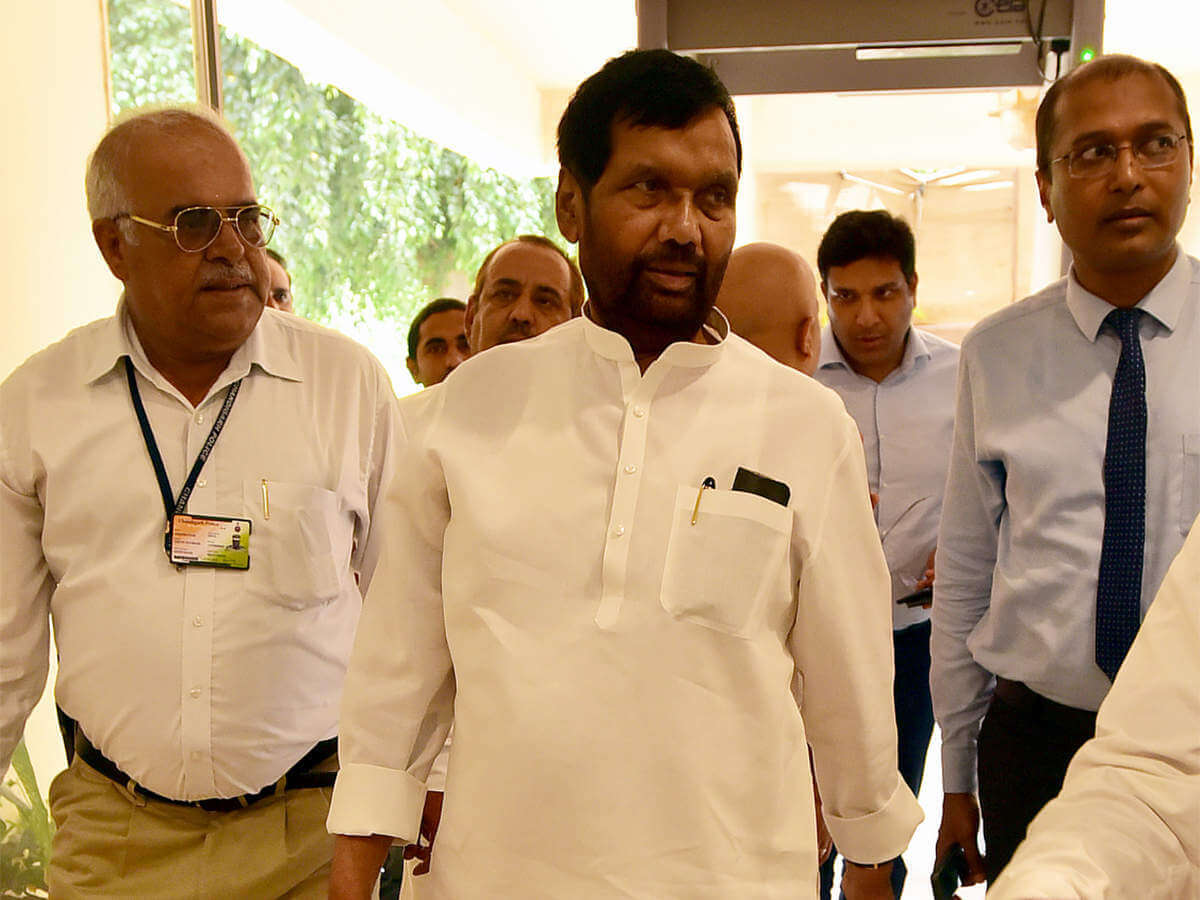Following Monday’s skirmish in Eastern Ladakh, which led to the death of 20 Indian soldiers, both India and China took to diplomatic mud-slinging and blamed each other for instigating the deadly clash after 45-years of peace. MEA Spokesperson Anurag Srivastava said that the incident was the result of an “attempt by the Chinese side to unilaterally change the status quo” of the Galwan region”. He said that the casualties incurred by both sides could have been avoided “had the agreement at the higher level been scrupulously followed by the Chinese side”. China, on the other hand, has accused Indian troops of “serious violation of the consensus reached by the two sides”, by crossing the border twice and carrying out provocative attacks on Chinese personnel.
Senior military officials from India and China met on Tuesday at the site of the clash to help ease rising tensions between the two nations. Though both sides have previously stated their intentions to resolve the issue via dialogue at the diplomatic and military levels, this latest clash could make it harder to move forward with de-escalation moves that were previously agreed upon. Former Indian army commander DS Hooda said that this is escalation is “extremely serious”, which could “vitiate whatever dialogue was going on” between the two countries.
China has continuously flip-flopped on its position on the matter. On Wednesday, Reuters reported that the statement by the Chinese Foreign Ministry clearly stated that the two countries had reached a consensus to de-escalate the situation in the Galwan region. However, on Thursday morning, Indian intelligence, through satellite images, reported that China had moved several hundred soldiers and construction equipment into the area, again indicating its lack of commitment to disengage.
India-China Border Dispute Coverage:
- India-China Skirmishes in Sikkim and Ladakh Leave Several Soldiers Injured
- Indian Army Chief Addresses Simmering Tensions with Nepal, China, and Pakistan
- Multiple Chinese Army Incursions Reported Along LAC, Indian Army Chief Takes Stock
- PM Modi Meets With Top Military Brass to Discuss Escalating Indo-China Border Tensions
- Donald Trump Offers to “Mediate” India-China Border Dispute
- Modi and Morrison Deepen India and Australia’s Strategic, Diplomatic, and Economic Ties
- PLA Keeps Up Pressure on LAC Amid Border Tensions with India
- India, China Increase Military Presence Along LAC
- India and China Pull Back Troops From Three Key Areas in Eastern Ladakh
- India-China Military Commanders Continue Dialogue in Eastern Ladakh
Prime Minister Narendra Modi shared his sincere condolences and assured that the sacrifice of the fallen soldiers would “not go in vain”. In his address to the Chief Ministers of the states, Narendra Modi assured of India’s continued dedication to peace. However, he added that any provocation, such as China’s constant attack on India’s territory and integrity, would receive a “befitting reply”. While several statements by Indian officials indicated their commitment towards de-escalating the situation, the statement by Narendra Modi highlights India will not shy away from responding to China’s disruption of the peace in the region.
On Thursday, India announced two major economic decisions as a form of retaliation against the violence in the Galwan region. First, Chinese companies, like Huawei and ZTE, will now be banned from providing apparatus to state-owned telecommunication operators. India also plans on excluding Chinese companies from the 4G tenders for local companies like BSNL and MTNL. These regulations will eventually extend to private companies too. A senior official in the Department of Telecommunications said, “The government has taken a decision to cancel the tender which was floated by BSNL earlier this year…We will likely also not allow private operators to use Chinese gear In the future and will encourage domestic telecom equipment makers.”
Secondly, Ram Vilas Paswan, the Minister of Consumer Affairs, said that regulation to block “cheap, sub-standard goods from China” will also be passed soon. Further, in an attempt to express Indian discontent with Chinese actions, Paswan also requested Indians to boycott Chinese products voluntarily. Consequently, videos emerged across social media platforms that showed citizens discarding Chinese goods as an expression of their anger towards the death of the twenty soldiers. The Confederation of All India Traders also echoed a similar call against Chinese products.
Image Source: Economic Times

